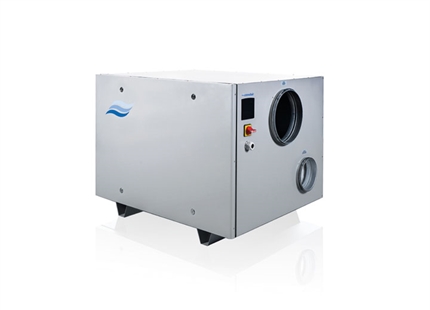
Drying rooms and dehumidifiers
To dry clothing and equipment efficiently, it is important that a drying room’s ambient relative humidity remains low enough to enable evaporation of water from the wet articles into the air. This can be difficult in a room that could be empty one minute yet full of wet and dripping clothing the next.
A drying room dehumidifier will remove moisture from the air so that more moisture can be absorbed from the clothing or equipment in the room. Without a dehumidifier, the room air would soon reach saturation point and moisture would stop being absorbed from the clothing or at least do so at a much slower rate.
A very high ambient humidity can also lead to condensation on colder surfaces in the room, increased mould and potentially corrosion in the area.
Drying rooms are used in many different commercial applications.
-
A drying room is a dedicated area used to hang clothing or equipment, where it can be rapidly dried so it can be worn or used again.
-
An effective drying room needs a consistently low, ambient relative humidity and plenty of air movement. Air with low humidity will draw moisture from anything it touches that has a higher moisture content that itself. The more dry air passing by the clothing in the drying room, the faster the water will be drawn from its surface.
Air movement through the area can be created with fans and ducting, thus recirculating air around a room, or with a ventilation system, which extracts and introduces fresh air to a room.
A dehumidifier in a drying room can be employed in both air movement strategies and will remove moisture from the air and send it to drain. -
Hot air can hold more moisture than cold air so by heating a room, the air's relative humidity drops. This enables the air to hold more moisture, which in turn will mean more moisture is drawn from wet clothing in the area.
However, heating alone will not be efficient at drying. When the air reaches saturation level, it will stop absorbing moisture from the room. Condensation will also form on any cold surface, such as windows. A drying room needs some form of moisture removal, such as dehumidification or ventilation.
Employing a dehumidifier can be more efficient than heating and ventilating, as the energy required to maintain a low humidity through dehumidification is less than that needed to constantly heat a room that is being ventilated.
Heat is a natural byproduct of the dehumidification process, so a dehumidifier will also raise the temperature of a drying room, thus increasing further the drying room's efficiency. -
This largely depends on the outside weather conditions and whether any heating is being applied to the air. If the outside conditions are dry, with a low relative humidity, then ventilating the room may maintain a low enough relative humidity inside to absorb moisture from clothing and equipment in the area.
However, if the outside conditions are cold and wet, then bringing this air inside may not lower the internal relative humidity enough to create a condition that would dry clothing efficiently.
If heating is being applied to the internal area, humidity will be lowered, but continually heating a ventilated room will use a lot of energy. It is more efficient to use a dehumidifier to lower internal humidity, either with or without ventilation. The dehumidification process will also add heat to the area, further enhancing the drying process. -
Dehumidifier selection will depend on many factors. There are two main technologies used in dehumidifiers.
Condensing dehumidifiers remove moisture by creating a cold surface upon which moisture condenses, and then drips to drain or a water tank. Desiccant dehumidifiers pass air through absorbent material to remove moisture from the air like a sponge.
Condensing dehumdifiers use less energy and are efficient at regular room temperatures of around 20°C. This makes them a popular choice for drying rooms, as this tends to be the ambient condition. However, desiccant dehumidifiers are more effective at low temperatures, so can be useful in drying rooms in certain applications.
Condair offers both technologies, as well as a complete range of mounting options for ceiling, wall, adjoining room or plant room installation. Contact us for independent advice on the best dehumidifier for any drying room application.

Fire & Rescue drying rooms
Specialist clothing worn by fire fighters is frequently getting wet during training exercises and also during real-life call-outs.
It is essential the clothing is dried rapidly, not only for the comfort of those wearing it but also to protect it and ensure a long and safe operational lifetime.

Office drying rooms
With staff being encouraged to cycle or walk to work for health reasons, offering a purpose built clothes drying room is becoming a valuable asset to any office.
Employees can rapidly and conveniently dry their coats, clothing and umbrellas, without leaving them dripping off the backs of chairs or wall hangers.

Construction site drying rooms
A drying room on a construction site is an essential support building to provide a practical way to rapidly dry workers clothing.
A changing room with no proactive dehumidification will soon become humid, mouldy and an impractical place to dry workers clothing.
Adding a dehumidifier will enhance not only worker comfort and welfare but also health and safety, and subsequently productivity.

Yacht club & water sports drying rooms
An efficient drying room is vital to any outdoor pursuits, water sports facility or sailing club. Buildings such as yacht clubs and wind surfing academies need to dry kit quickly so that wet suits and safety gear can be used by others without feeling uncomfortable.
Proper drying of equipment will also maintain a long operational lifetime and avoid issues with mould, both on the fabric of the building and on the gear.
Get expert advice on a dehumidifier for your drying room

PODCAST: HOW TO SIZE & SELECT A DEHUMLearn the important things to consider when approaching a commercial dehumidifier project.

Free 10-point guide to specifying dehumidifiers
Download your free 10-point guide to specifying dehumidifiers and get an easy-to-follow overview for planning dehumidifier projects.
It covers system design, dehumidifier selection & sizing, drying psychrometrics, energy saving and much more.
You may also be interested in...
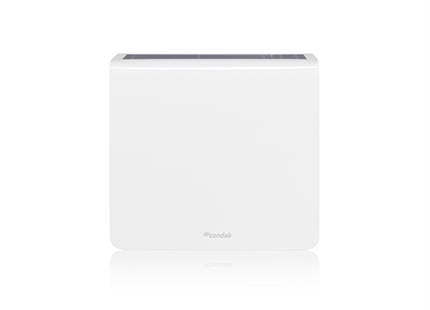
Condair DP swimming pool dehumidifiers
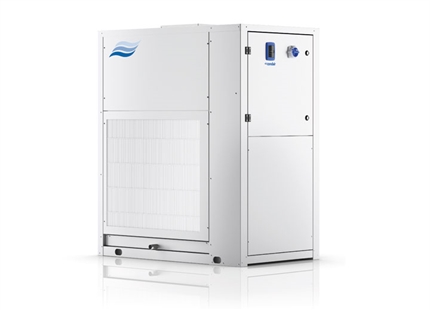
Condair DC-LT low temperature condensing dehumidifier
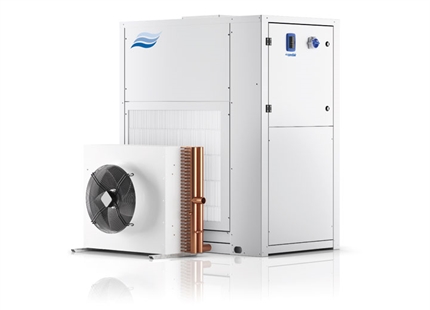
Condair DC-N dehumidifier with external condenser
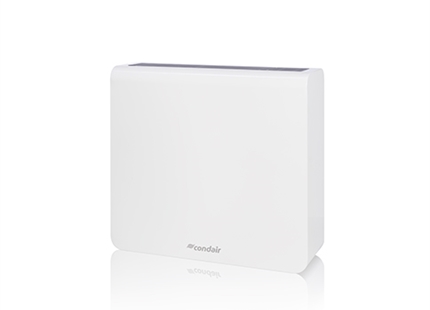
Condair DC wall and ceiling mounted condensing dehumidifiers
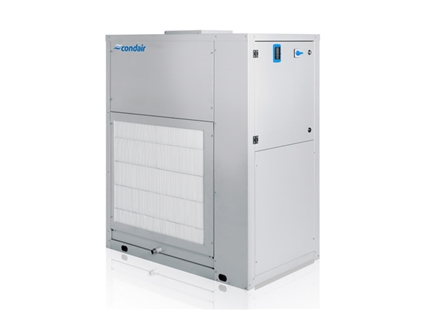
Condair DC condensing dehumidifiers
